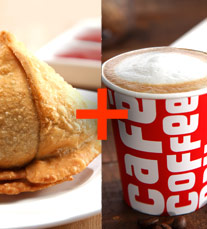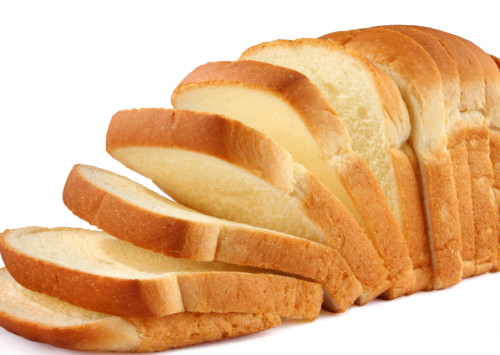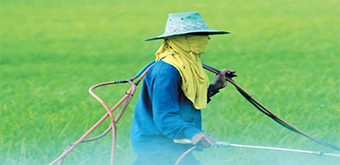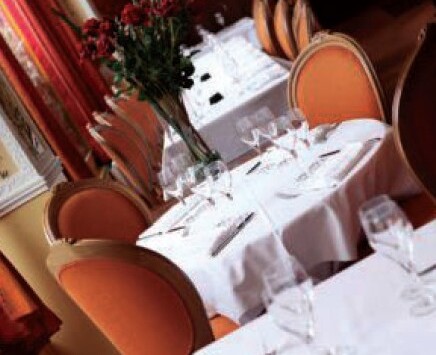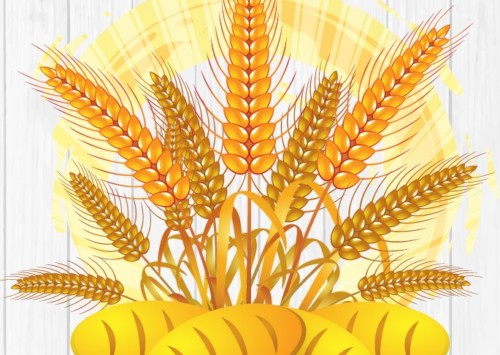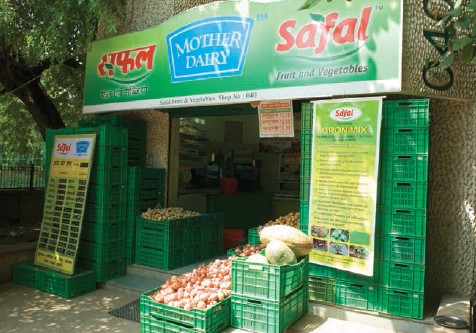Chai-Coffee-Culture
Consumption of tea has been documented in Indian ancient texts like the Ramayana showing the native and cultural attachment of the beverage to India. It has also been documented in stories associated with Buddhist monks. It is the domestic drink for most and finding a chai (colloquial term for tea) shop in India is easy than finding a public convenience, public transport, or anything for that matter. In other words, one can relax with a cup of chai even in the most remote area of India.
India is the largest producer of tea with most of it being consumed here itself. Assam in north-eastern part of the country is the largest producer of tea in the world.
People continue to consume tea in and outside homes, but increasingly coffee is also becoming part of their day-to-day routine.
South India is a major coffee producer and the Indian filter coffee(not the usual drip brew coffee) hails from here. ‘Kapi’ as it is colloquially called is famous all over India and is available in its authentic form at restaurants serving South-Indian food.
Coffee production in India is dominated in the hill tracts of South-Indian states with the state of Karnataka leading the production chart followed by Kerala and Tamil Nadu. These three form the traditional coffee growing regions of India. The new and non-traditional areas include Andhra Pradesh and Odisha on the eastern coast of the country and Assam, Manipur, Meghalaya, Mizoram, Tripura, Nagaland and Arunachal Pradesh of North-Eastern India.
Indian coffee is unlike any other variety found elsewhere. It is grown under the shade of trees which prevent soil erosion on a sloping terrain. The coffee plants are inter-cropped with spices such as cardamom, cinnamon, clove and nutmeg which give them a unique flavour and aroma.
Clearly, both coffee and tea have roots in India, then, why the coffee-cry?
Coffee Houses
Coffee houses are brewing up storms with their chain of cafes all over India, pumping a coffee-cafe-culture amongst Indians.
The good old ‘Indian Coffee House’ is one of the first cafes to have opened in India. It was started by the Coffee Board of India in early 1940s, during the British rule. It is one of its kind-completely owned and managed by its employees. The cafe first opened in Mumbai and gradually more cities across India saw its branches. The cafe’s menu has mostly South Indian dishes on it and the subsidized rates invite a lot of public here.
Cafes like Cafe Coffee Day, Barista, Starbucks, Gloria Jean’s Coffee, which are comparatively costly and very different in function and design from the Indian Coffee House are increasingly becoming famous, especially amongst the youth.Despite their overpriced coffees, sandwiches and pies , what invites people to them is the idea of catching up with friends and family over coffee and snacks served to you in a relaxed and contemporaneous environment which is made up by things like-live music, graffiti walls, comfortable couches with fancy cushions, customized mugs, and of course ‘exotic’ coffee flavours.This is exactly what is creating the ‘Coffee-cry’- a fancy environment, which is missing at the Indian Coffee House and at all other Chai shops/vendors across the country.
While Cafe Coffee Day and Barista are Indian business entities, Gloria Jean’s Coffee is Australian Starbucks is American and Costa Coffee, British.These cafesprovide a distinguished or gourmet coffee experience to their clients who are exposed to global cultures and are tempted to try new flavours; Hazelnuts, Irish, caramels suit their evolved palates. To broaden their clientele and to increase revenues, the cafes are customising their snack and sandwiches’ list according to Indian recipes. So, a paneer-tikka sandwich goes well with an iced-mocha and a Samosa, somehow makes magic!
These coffee shops are also social hubs for people with time and money to spend, mainly students or company executives. While students could gather to discuss assignments or simply hang-out, the executives try to slip business in between sips of coffees and bites of brownies.
These cafes provide with an ambience and experience that cannot be found at homes or chai stalls on streets.
From chaiwalas (tea vendors) to Tea Lounges
The idea of meeting over beverages didn’t come with cafes. It has been prevalent in India for ages and it is chai that most people have been meeting over. So, here is chai, becoming a part of the global-cafe-culture. There are various tea boutiques and lounges in India spreading the aroma of the home-grown leaf, in a luxury packet. Some names in the sphere are: Chaayos, Infinitea, Chaipatty, Sancha Tea Boutique, amongst others.
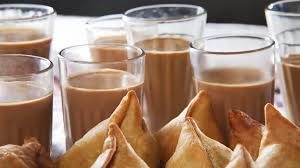
Street-style tea and samosa
Be it a boutique or a cafe, none of these have affected the local vendors who serve scalding tea in small paper or plastic cups across India. People still visit them and order a cup of chai that suits their taste-buds. It is often enjoyed with a freshly fried samosa, which comes wrapped in a square of newspaper and not forks and knives. On other hand, bumping into a person with a latte or mocha in their hand, running to work or school, is common.
Some stats for the show:
According to the Tea Board of India, the total production of tea in November 2014 was 102.91 million kg, while the Coffee Board of India website shows that total coffee production stood at 327,000 metric tonnes in 2014-2015.

